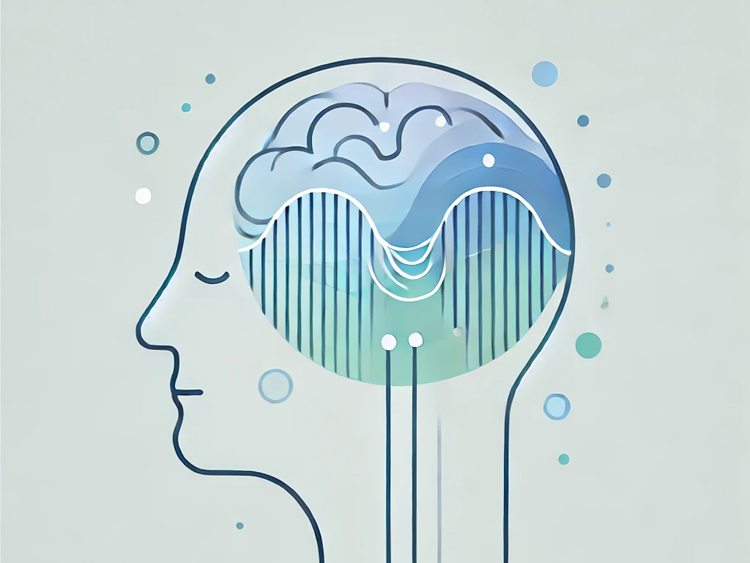Last updated 07-Sep-2024 04:07 PM
Neurofeedback

Introduction
Neurofeedback is a non-invasive therapeutic technique aimed at improving brain function by training the brain to self-regulate. Using real-time displays of brain activity, typically through EEG (electroencephalography), neurofeedback practitioners help individuals recognize patterns and learn to alter brainwaves for enhanced focus, relaxation, and overall mental health. The method has gained traction in treating conditions such as ADHD, anxiety, depression, and sleep disorders.Scheduling: How much time do you need?
A typical neurofeedback session lasts around 30 to 60 minutes. Most treatment plans suggest starting with two to three sessions per week over the course of several months, depending on individual needs and goals. Results are usually observed after 10-20 sessions, though some may require additional time to see significant improvement. It is important to maintain regular scheduling to maximize the benefits.Pros & Cons
Pros:- Non-invasive and drug-free.
- Improves focus, memory, and emotional regulation.
- Reduces symptoms of ADHD, anxiety, and sleep disorders.
- Customizable for individual brain patterns.
- Requires a time commitment of multiple sessions.
- Results can vary from person to person.
- Can be costly over time without insurance coverage.
- Limited research in certain areas of application.
Target Audience: Who can benefit?
Neurofeedback is beneficial for a wide range of individuals, including those with:- ADHD
- Anxiety disorders
- Depression
- Autism spectrum disorders
- Post-traumatic stress disorder (PTSD)
- Insomnia or other sleep disorders
Exercises: What to do?
Neurofeedback involves specific mental exercises guided by real-time feedback from EEG sensors:- Brainwave monitoring: Individuals are trained to alter their brainwaves while engaging in a task (such as a game or activity) to encourage optimal brain function.
- Relaxation techniques: Breathing and visualization exercises are used to influence brainwave states, promoting calm and focus.
- Reinforcement tasks: Positive reinforcement is given when brainwaves reach the desired state, helping individuals learn self-regulation.
References: Who talks about it?
Neurofeedback is discussed by a variety of experts and institutions in the mental health field, including:- The American Psychological Association (APA) supports research into neurofeedback as a viable therapy for ADHD and other disorders.
- Dr. Siegfried Othmer, a pioneer in neurofeedback, has published extensively on its effectiveness in treating PTSD and anxiety.
- Neurofeedback therapy is endorsed by practitioners such as Dr. Andrew Hill and companies like Peak Brain Institute.
Cost: How much do you need to spend?
The cost of neurofeedback therapy varies depending on location and provider. On average, a single session can cost anywhere from $100 to $200. Given the recommended number of sessions (often 20 or more), the total cost of a treatment plan can range from $2,000 to $5,000. Some insurance plans may cover neurofeedback, but this depends on the provider and specific condition being treated.. . .
Comments (0)
Your email address will not be published. Required fields are marked *
